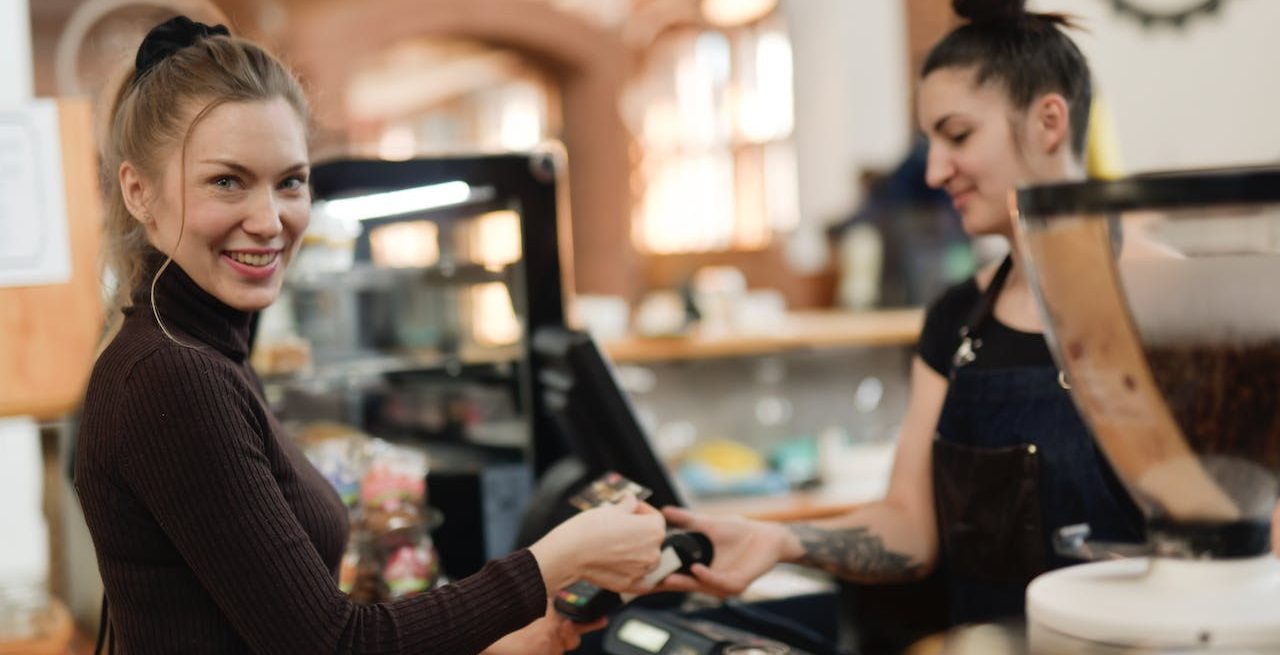Maximizing Holiday Sales: How Restaurants Can Enhance Customer Experiences with Modern Payment Solutions
4 Min Read By Nathaniel Short
Modern payment solutions that provide the ultimate convenience and enable customers to order and pay how they prefer are on the rise this holiday season, empowering restaurants to deliver an improved experience without sacrificing the quality of service.
With the rise of on-demand delivery and easy-to-use checkout technology driving consumer demand for quick service, restaurant operators are implementing modern payment solutions that provide a more seamless and customer-friendly dining experience ahead of the busy holiday shopping season.
To maximize sales and successfully manage consumer expectations this festive season, restaurants will need to focus on creating a positive and memorable customer experience that will help them stand out against competitors. Offering quick and easy checkout solutions can help these businesses maintain a competitive edge, foster repeat business, and ultimately boost revenue as the demand for convenience continues to grow and new and emerging payment methods become increasingly popular.
The Case for Mobile Ordering and Delivery
As households strive to make the most of their budgets amid rising costs and economic uncertainty, recent data from JLL suggests that many consumers in the U.S. remain eager to dine out. Restaurant operators are anticipating this will lead to a surge in dining-related spending among hungry shoppers. Modern payment methods have made paying for a dining experience more convenient, efficient, and rewarding for customers and businesses alike.
Over the last decade, restaurant delivery has seen exponential growth, as indicated by the rise of third-party delivery apps and the adoption of mobile-initiated payment solutions during the COVID-19 pandemic. In the U.S. specifically, where handheld mobile point of sale (POS) adoption has tended to lag behind Canada and Europe, there has been a significant increase in the use of mobile ordering and delivery enabling customers to connect and interact with restaurants across multiple platforms.
The key to mastering the checkout experience for diners is to offer simple and modern approaches that help create a positive and quick payment experience. This starts by partnering with a payments provider that can offer insight into the solutions that work best for the business model, then broadening payment acceptance to include a diverse mix of solutions at the point of sale.
Providing Value and Convenience Where it Matters
Paysafe’s latest consumer research revealed that debit cards are the most popular payment method across the globe. However, with the proliferation of digital technology and increased demand for speed and convenience at the checkout, there’s been a paradigm shift towards contactless payments among consumers in the U.S., including the adoption of popular mobile wallets.
In fact, as enhancements in checkout technology become more accessible, many restaurant operators understand the value of digitally driven solutions and are actively putting them to use. In a separate study released earlier this year, which surveyed over 200 U.S. brick-and-mortar businesses, Paysafe found that 70 percent of merchants across various verticals plan to incorporate new payment technology within the next 12 months. In the same study, survey respondents indicated that the most sought-after enhancements ranged from payment terminals that enable contactless payments, or tap to pay, via a mobile device or contactless chip card to the availability of actionable customer insights.
Restaurants that have an integrated POS solution are accepting payments more than any other function, but many also use these platforms for accounting services, inventory management, gift cards, mobile loyalty programs, and even leveraging internal customer data to drive social promotion and marketing campaigns. Efficiency and maintaining greater control over the business are the two benefits that many operators cite most frequently when asked how an integrated POS helps their business build an improved customer experience.
Reduced Expenses and Increased Retention
Recent innovations in payment processing technology have also allowed restaurants to reduce operating costs and increase profits by streamlining day-to-day business operations, automating manual tasks, and reducing labor costs. Implementing handheld, mobile POS devices for placing orders and processing payments can help minimize long wait times at the end of a meal. Mobile terminal solutions also remove extensive amounts of receipt paper that are common with traditional POS terminals, which ultimately reduces waste and the associated cost of maintaining physical printouts, as well as the restaurant’s bottom line overall.
Additionally, at a time when small businesses like restaurants face significant pressure to acquire and retain customers, embracing mobile payments can serve as a catalyst for expanding their reach and exploring new ways to engage with existing clientele. Beyond enhancing the dining experience, this can also facilitate the conversion of one-time visitors into repeat business.
Driving Loyalty through Payments Technology
Restaurants, including locally operated businesses, have also begun to offer loyalty programs through apps that allow customers to accrue points for their purchases. These loyalty programs not only incentivize diners to return, but they also provide businesses with valuable insights into their customers' purchasing habits and preferences. By using data from these apps, restaurants can personalize marketing campaigns and create a more engaging and rewarding experience for their most loyal customers.
The evolution of payment methods has revolutionized the way restaurants serve hungry patrons by making it more convenient to dine in or grab a bite to go. Businesses have also benefitted from the ability to streamline their operations, level up marketing initiatives, and elevate the dining experience overall. It seems likely that the expansion of new and emerging payments technology could stimulate long-term growth for the U.S. restaurant industry and lead more American diners to embrace a range of digitally enabled solutions as their counterparts do in Canada and Europe.
All indications hint that consumers are still looking forward to spending on dining in and ordering out this holiday season, despite concerns about rising inflation and the cost of goods and services. By establishing a balance between technological innovation and personalization, restaurant operators can focus on creating an enhanced customer experience that encourages customers to return again and again while driving sales during one of the busiest seasons of the year.


